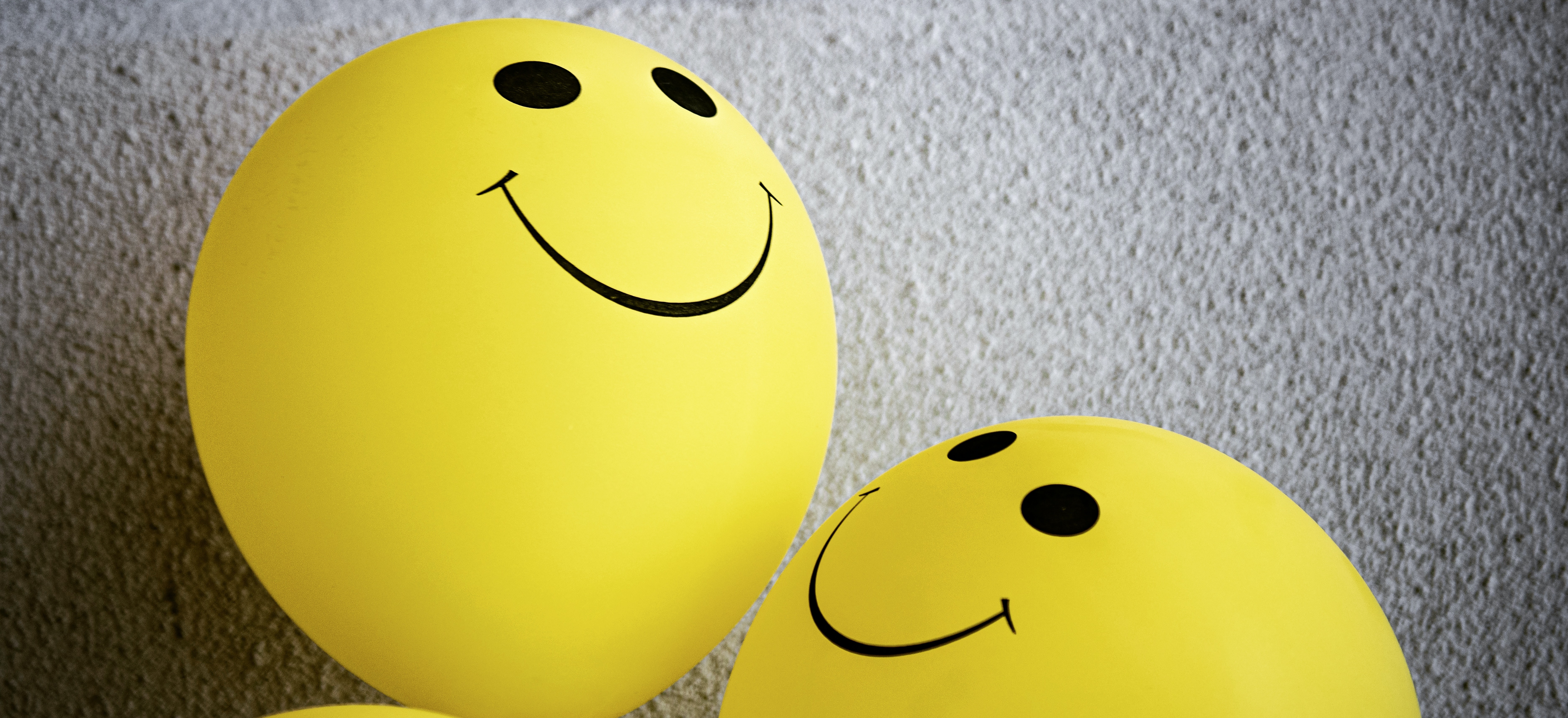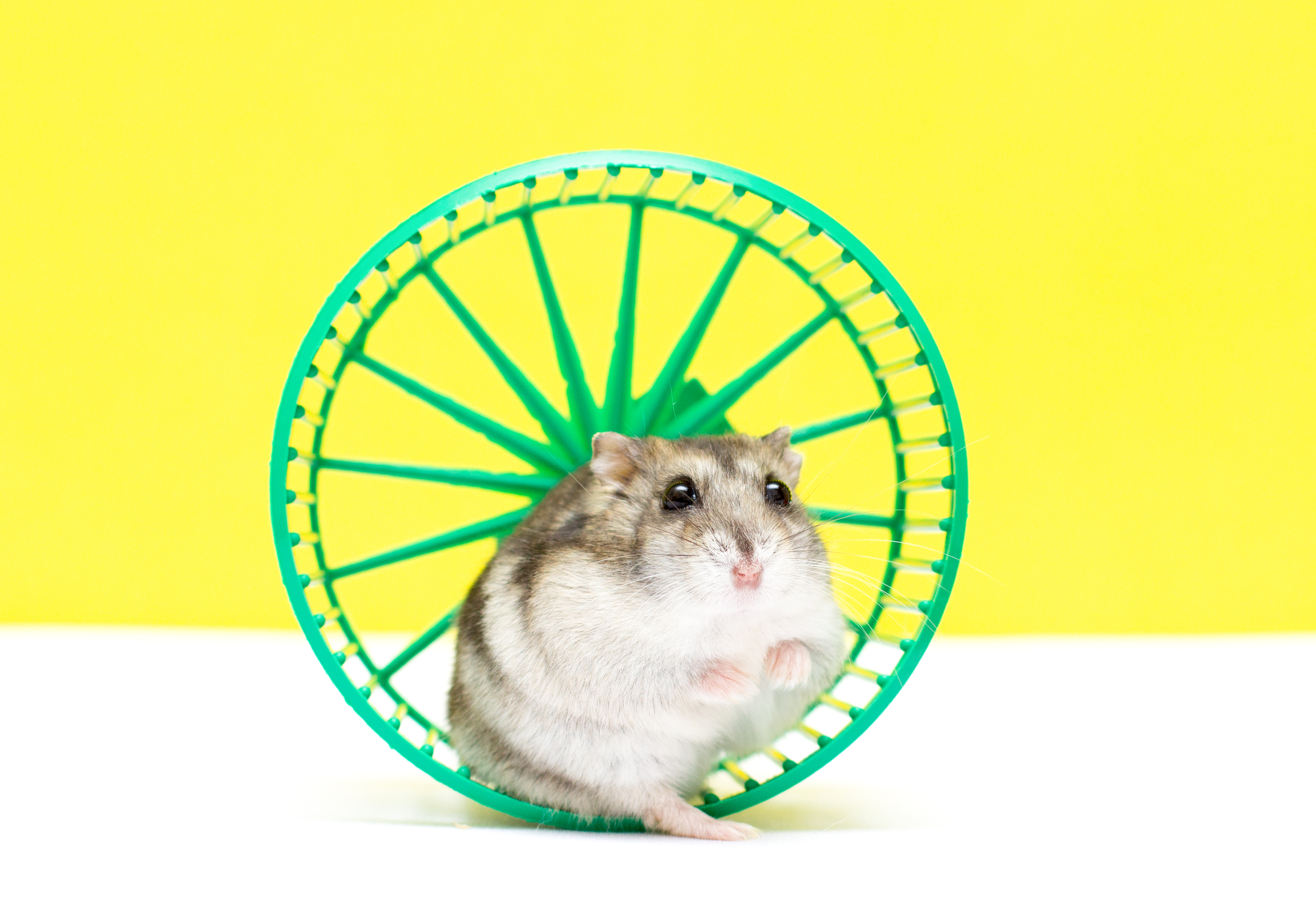What are Corporates really looking for in Executive Coaches?
Well, I thought - why not ask them? At the end of February I facilitated a panel Q[&]A session in my role as Guildford Area Coordinator of the European Mentoring and Coaching Council. On the panel were heads of HR, Learning and Development and Organisational Development from 3 multinationals based in and around the Guildford area. So, what are these buyers of coaching looking for? The key requirements seemed to me to be twofold – quality assurance and value for money.









